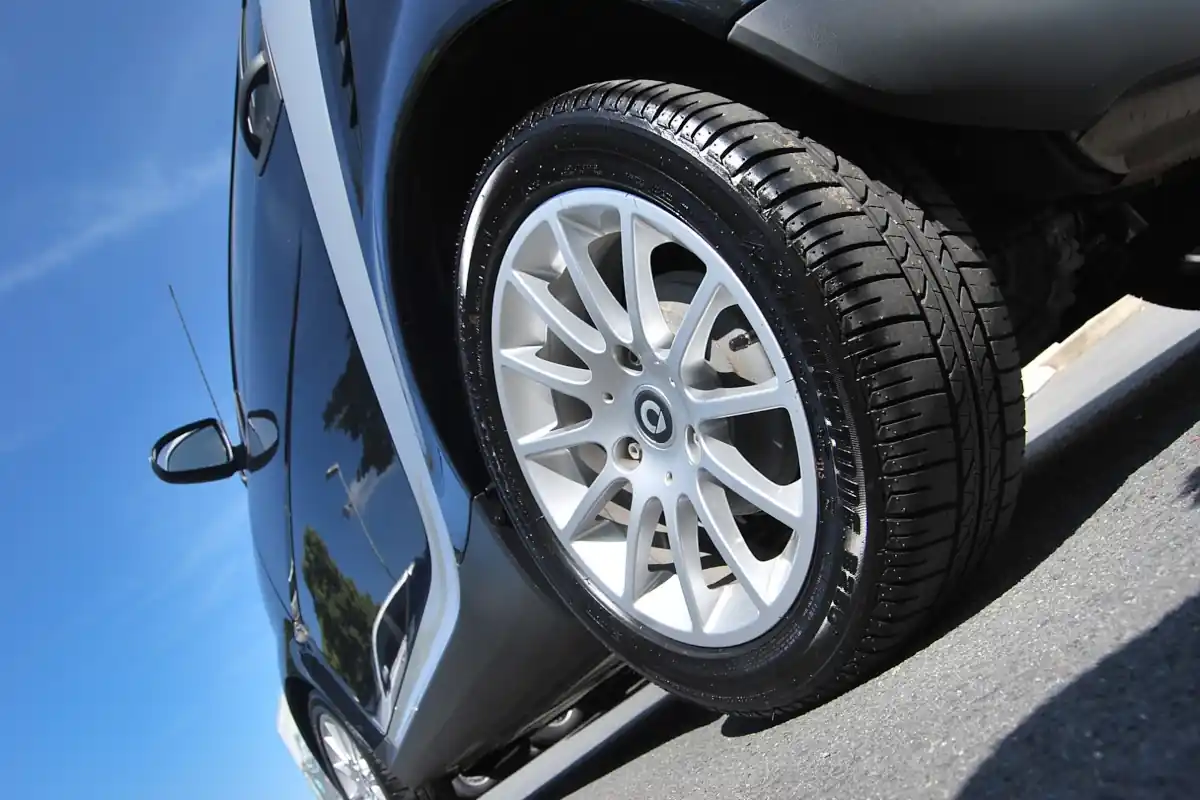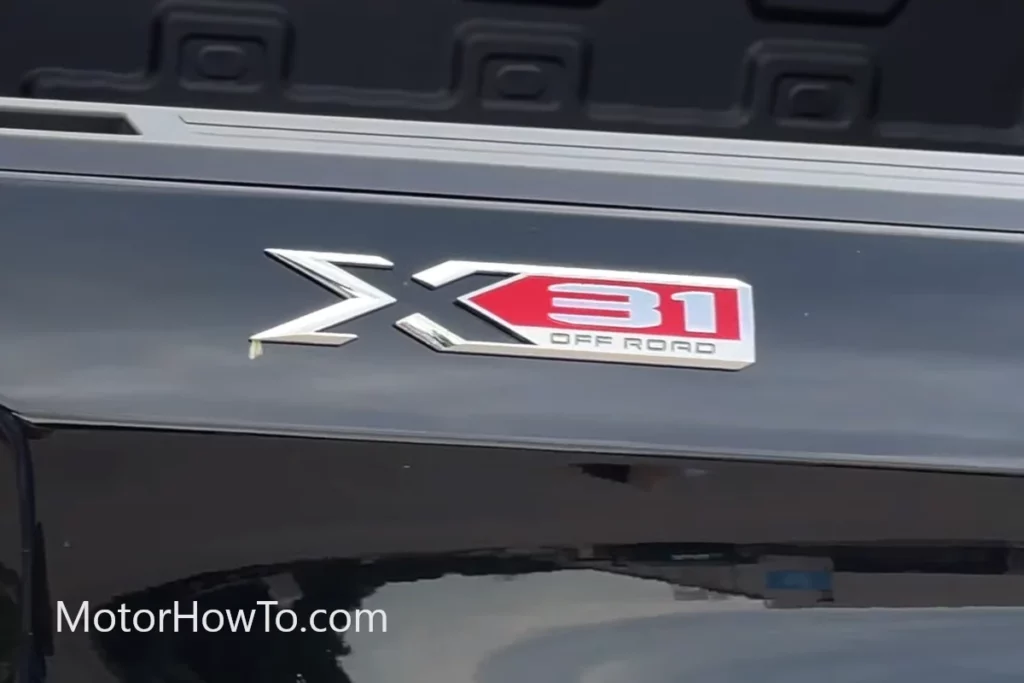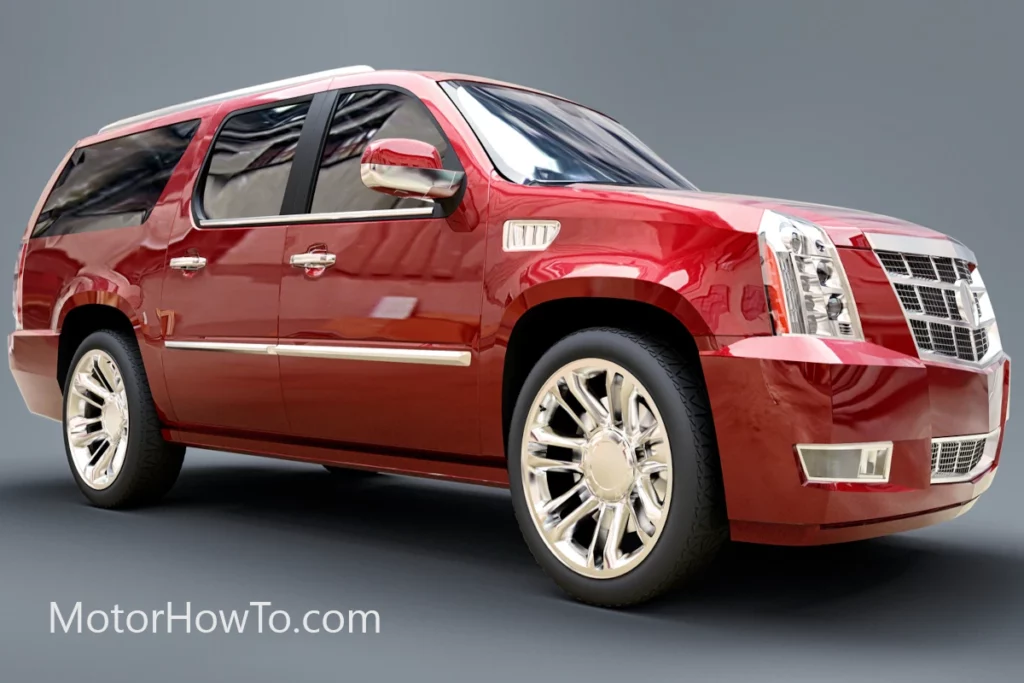Having tires that are of the same exact size, type, or brand is usually what is being followed today because that is what we have always been used to.
However, if you do end up with a blown tire and the only spare tire you have is one that is different from the other tires, what happens if you use that tire?
Can you mix 2 different tires on the same axle?
No, it is never a good idea to mix 2 different tires on the same axle. That’s because different tires have different performance properties, characteristics, and longevity. While you won’t notice this when driving regularly, this becomes apparent when you are swerving, suddenly braking, or making sharp turns.
- Can you mix 2 different tires on the same axle?
- Is it bad to have one mismatched tire?
- Can you mix 2 different tires on the same axle?
- What happens if one of my tires is a different size?
- Can you mix winter and summer tires on the same axle?
- Do the front and rear tires need to match?
- Can I mix H and V-rated tires?
- Sources

Regardless of whatever your reason may be, it is never recommended that you mix different tires on the same axle. That’s because you need to prioritize your safety when you are driving.
Of course, you may be able to mix different tires on the same axle if simply for emergency purposes. However, it still is better to make sure that all of your tires are of the same model.
Is it bad to have one mismatched tire?
When you look at different cars, one of the things you will easily notice is that all of the tires are the same in terms of size, tread pattern, and other characteristics.
Make sure the make and model of all 4 of these tires are simply uniform.
And it’s easy to understand why that is the case because every car and tire manufacturer out there will always tell us to make sure that all of the tires are matched.
However, there are some cases where you might end up having to mix your tires. For example, you ended up with a blown tire, but the spare tire you have in the back is actually an entirely different tire.
So, happens if you replace the blown tire with a spare tire that is entirely different from all of the other tires? Is it actually okay for one of the tires on your car to be mismatched?
What you need to know as early as possible is that it is never okay for one of your tires to be mismatched.
That’s because different tires are rated differently depending on their speed, characteristics, properties, durability, and other similar factors that can affect performance and safety.
If you are driving normally in the suburbs, you may not be able to notice the difference that a different tire can make. This is due to how you are only going at a pace that will hardly ever factor in performance.
Your speed won’t be that high, and there won’t be anything that will require you to swerve and react quickly while you are driving.
However, when it’s now time to take your car to the freeway, where performance and safety are big issues to keep in mind while you are driving, you will certainly feel the difference even if only one tire is different from the rest.
That tire might not have the same performance as the other tires. This can be dangerous, especially when you need to always be in control of your car while you are driving.
Still, if you are only replacing one tire for emergency purposes, you may still be able to drive well enough as long as you immediately take your car to the nearest repair shop to have the tire replaced with one that is similar to the others.
But keep in mind that you need to drive at a steady pace and in a defensive manner so as to avoid any sudden incidents that will require your tires to perform at their best.
Can you mix 2 different tires on the same axle?
Similarly, what if you mixed different tires on the same axle? We are not only talking about one mismatched tire here because you may have mixed tires on both the front and the rear. Is it okay to mix 2 different tires on the same axle?
In a similar way to that of having one mismatched tire on your car, it also isn’t okay to mix 2 different tires on the same axle.
Again, this goes back to the fact that different tires have different properties and characteristics that can affect the way they perform.
And we will try to explain different types of tires.
- The first difference that you will notice when it comes to tires is the tread pattern. Different tires have different treads, and those tread patterns each have their own tread designs depending on their purpose and on what the manufacturer sees fit in terms of the tire’s performance. These different tread patterns each vary from one another in terms of how they affect the car’s handling and performance. Of course, these tires are made to work with one another when it comes to the overall driving experience that they provide. As such, when one or two of these tires are different such as when you have 2 different tires on the same axle, what happens is that the tires won’t be able to maximize the overall experience that they offer in terms of handling. This can be dangerous when it comes to your safety as the tire that is different may end up compromising the overall performance of the other tires.
- The second difference is the way the tire is constructed. Different tire manufacturers use different compounds and materials when making their tires. Of course, different tire compounds have different strengths and weaknesses. Meanwhile, the strengths can only be maximized if all of the tires work together. They are only as strong as their weakest link.
So, if you have 2 different tires on the same axle, what happens is that you will be compromising the overall quality of all of the tires, especially when they are made from different compounds. Instead of maximizing the strength of the compound of the tires, you may end up highlighting their weaknesses instead.
Again, all of your tires are only as strong as their weakest link.
When the tires do not match, the performance of the vehicle will be severely affected, especially in situations where the car’s handling becomes more important.
What happens if one of my tires is a different size?
When we’re talking about having different tires on your car, we are not only talking about the tread pattern and the compound. We may also be talking about having one tire that is actually different from the others in terms of size.
So, what happens if one of the tires is a different size than the others?
So, when one of the tires is a different size, what will happen is that the wear and tear on the other tires will increase. That’s because the tire that is different will be moving at a speed that is different from the other tires due to how it has a different size.
When that happens, the other tires would have to compensate for the one that has a different size. This can lead to excessive wear and tear on their part. As such, you may have to replace those tires sooner than expected.
Another thing that is possible is that it may affect the ABS system negatively. That’s because the system relies on tire rotational speed.
So, if one of the tires is rotating at a speed that’s different compared to the other tires, we cannot really say for sure what will happen to the ABS system.
Can you mix winter and summer tires on the same axle?
Another scenario here is mixing winter and summer tires on the same axle. What happens if you mix these tires together in the same axle?
As we mentioned, you shouldn’t be mixing different tires, especially on the same axle. That’s because winter and summer tires have their own tread patterns and properties that are best for the driving conditions of their respective seasons.
So, if you were to mix winter and summer tires on the same axle, you won’t be able to properly utilize their strengths regardless of what season it may be.
And this can be particularly dangerous in the middle of the winter season because summer tires are not built to handle snowy conditions. They will only end up pulling the winter tires down.
Do the front and rear tires need to match?
While we did say that it might not be a good idea to have tires that are not the same as the other tires on the car, a car with front and rear tires that are different can still be very much usable.
This means that you may still be able to drive with front and rear tires that are different, provided that they have the same size. But this should only be the case for a 2-wheel drive vehicle.
However, it is always recommended that you match your front and rear tires. That’s because different types of tires wear down differently.
So, if your front and rear tires don’t match, then it might be possible that some of these tires will end up wearing down faster than the others.
Can I mix H and V-rated tires?
In case you didn’t know, tires that are H and V-rated have different speed ratings.
- H ratings have a maximum speed of 130 mph
- V ratings have a max speed that is up to 149 mph
But can you mix H and V-rated tires?
It really depends on a lot of factors. The most important factor to look at is the tread pattern.
As long as the H and V-rated tires come from the same manufacturer and have the same tread pattern, you may be able to mix them together. Then again, it still is just as important that you make sure that you don’t go over the max speed of the H-rated tires.
Meanwhile, if the tires don’t have matching tread patterns and come from different companies that use different tire compounds, then it should never be a good idea to mix H and V-rated tires on the same vehicle.
Sources
Protyre: Don’t mix types across the same axle
Continental Tires: Tire Change Fitting
Best Drive: Thinking about mixing tires across axles?



